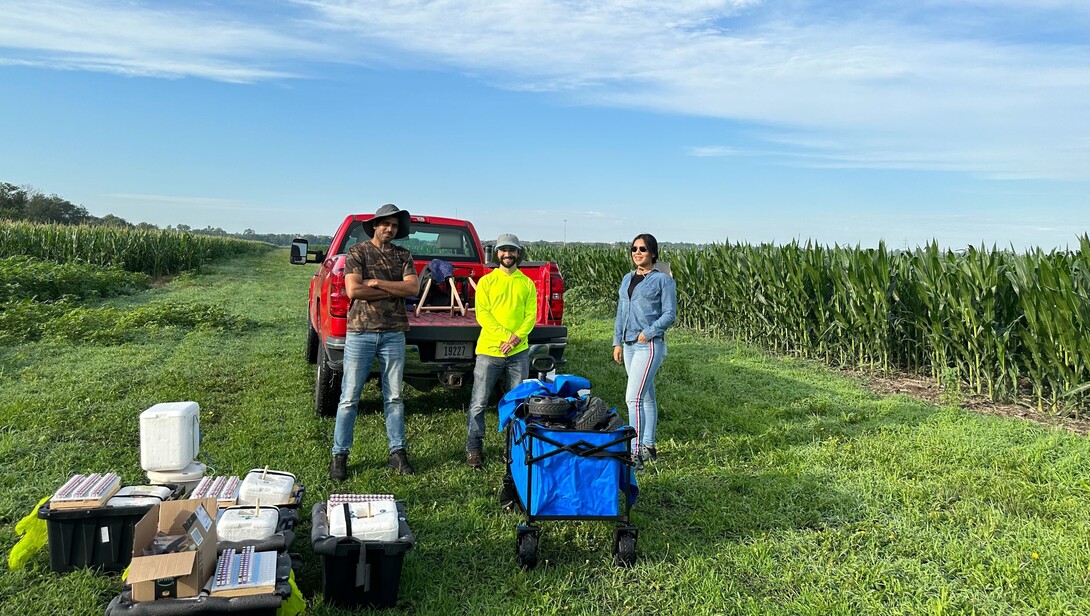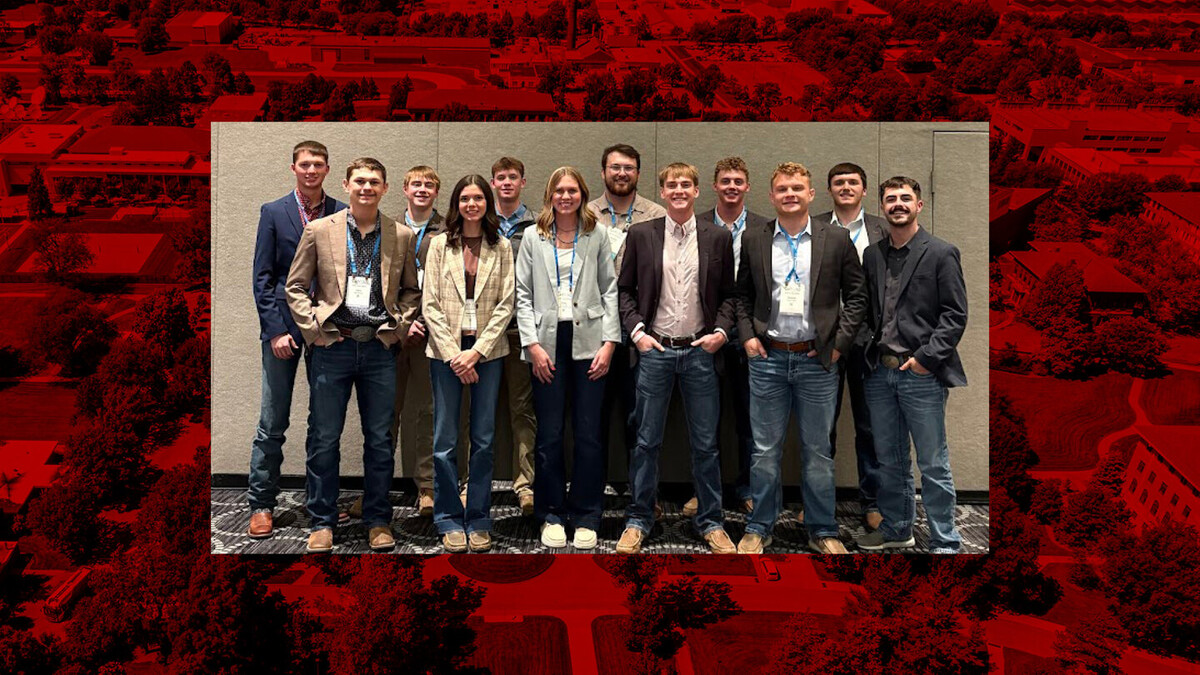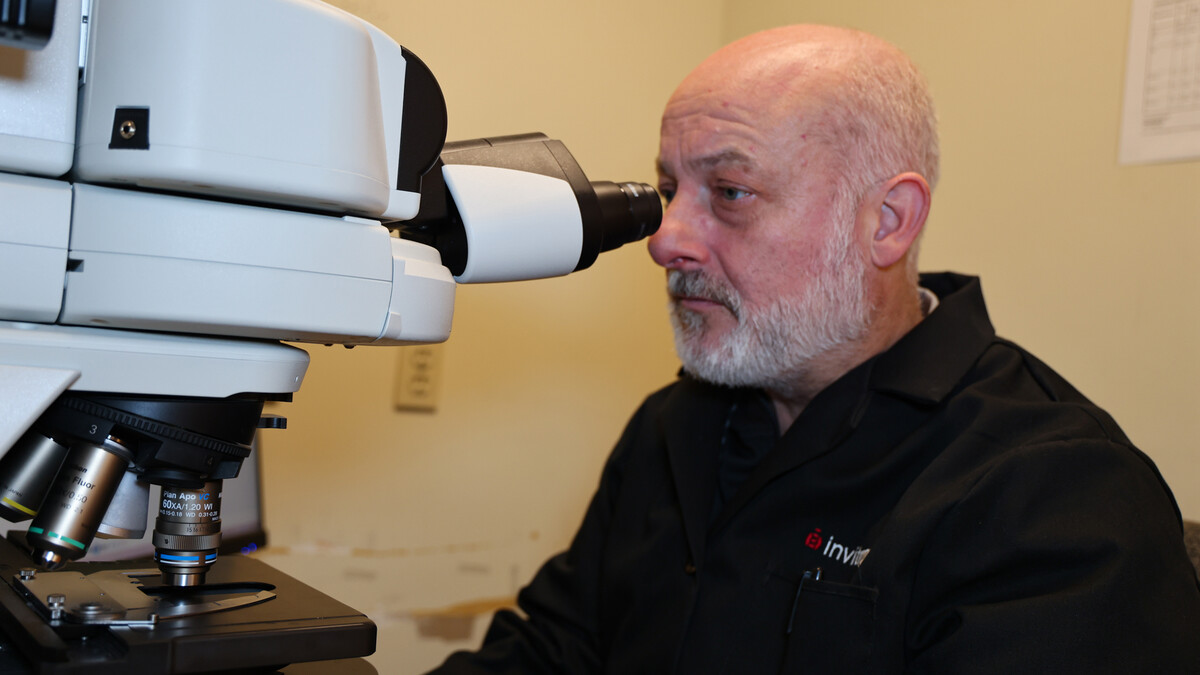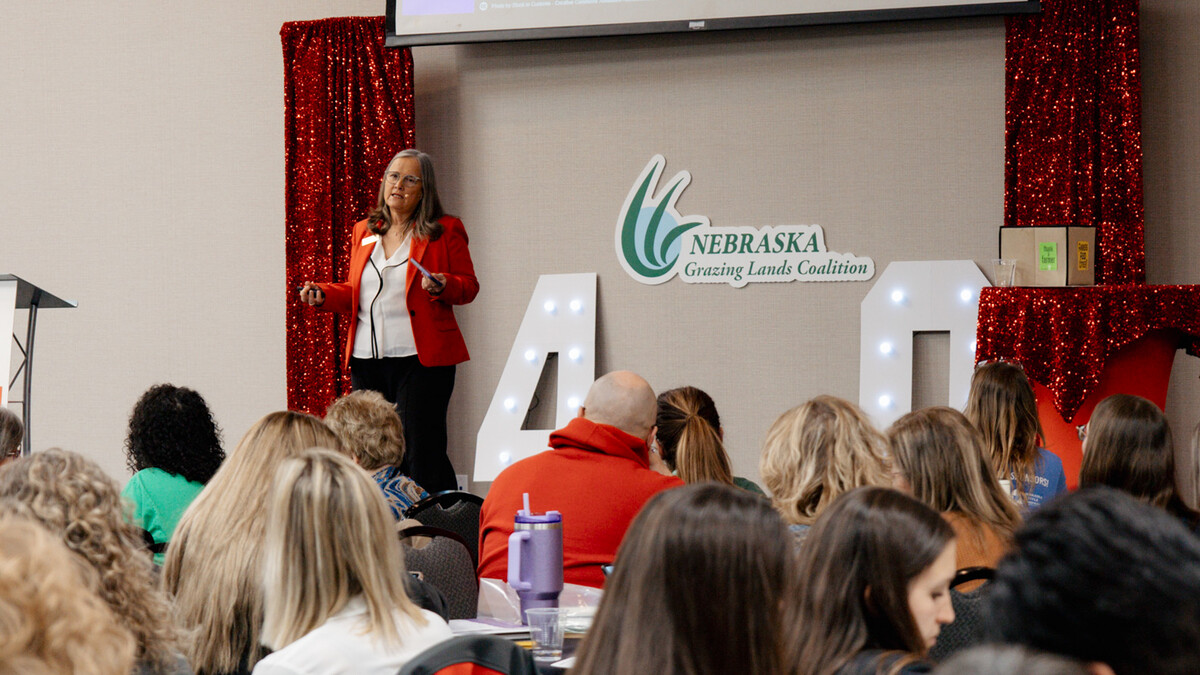
A research article written by members of the Schnable Lab, part of the Center for Plant Science Innovation and the Department of Agronomy and Horticulture, has been selected as The Plant Journal Outstanding Original Research Article out of approximately 500 articles published that year. The study addresses a long-standing challenge in plant biology: despite decades of work, fewer than 2% of genes in the corn genome have been linked to specific roles in determining the properties of a corn plant.
Across organisms as diverse as humans, mushrooms and plants, researchers have found they can use DNA differences among populations to figure out which genes do what, a process called genome-wide association studies (GWAS).
The research team, led by James Schnable, Nebraska Corn presidential chair, and research assistant professor Vladimir Torres Rodriguez tested whether measuring RNA differences could identify the functions of genes more effectively than looking at DNA differences alone. The team found that RNA data let them assign functions to ten times as many genes as older, DNA-based methods.
Moving from DNA to RNA required the UNL team to overcome a major technical challenge: while DNA stays the same in every part of an organism throughout its life, RNA changes rapidly over time, so comparisons across individuals required simultaneously collected samples from hundreds of corn plants.
To meet this challenge, research technologist Jonathan Turkus used the rapid prototyping facilities at Nebraska Innovation Studio to engineer a high-speed sampling workflow. Later field testing determined his approach made it possible for a single team to collect and flash-freeze as many as 2,700 leaf samples in two hours under field conditions. The tools Turkus created are now shipped around the country each summer to help other researchers collect similar datasets.
"Wherever I've traveled for the past year, from Berkeley to Brazil, people have already read and are excited to ask me about this Nebraska project,” said Schnable. “The data from this study is helping our lab and people around the world answer fundamental questions about how corn genes work and to train AI models that could guide future crop engineering and breeding."
The project described in the prize-winning paper was supported by the U.S. Department of Energy’s ARPA-E program, with ongoing support from the Nebraska Corn Board. Additional authors included Bradley Zamft, now the CEO of Heritable Agriculture, and Addie Thompson, a professor and collaborator at Michigan State University.







